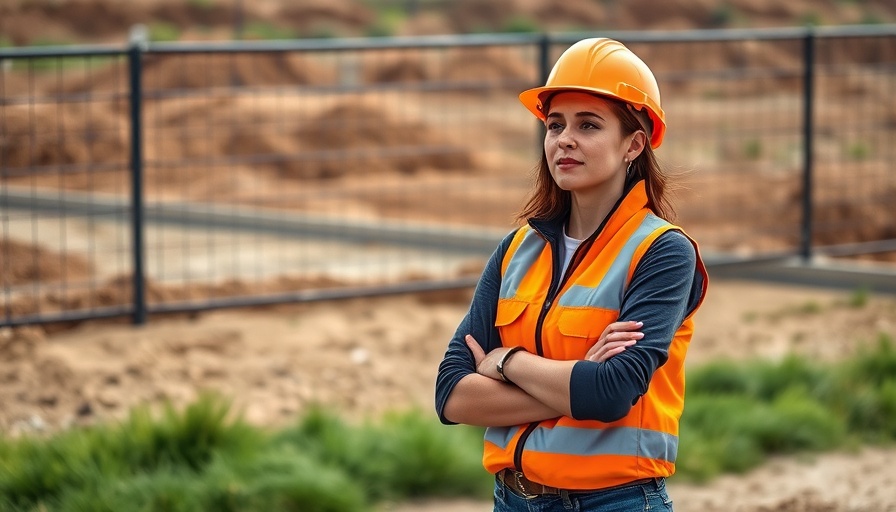
The Evolving Landscape of Occupational Health and Safety (OHS)
In recent years, there has been a noticeable shift in the focus on Occupational Health and Safety (OHS) knowledge, especially amid the challenges posed by emerging technologies and evolving workplace conditions. Business owners, property developers, and facility managers must reassess their approach to maintaining health and safety standards in their environments. The need for a deeper understanding of OHS principles has never been more crucial—not only for compliance but for creating safe and productive workplaces.
Why OHS Knowledge Needs a Boost
Traditional OHS practices, while foundational, often lack the adaptability required to address new risks introduced by technological advancements, such as automation and remote work setups. As many businesses pivot towards these modern practices, staying updated with OHS knowledge becomes essential. A lack of awareness may expose staff to preventable health risks, ultimately affecting employee morale and productivity.
The Role of Technology in OHS
With the rise of technology in the workplace, businesses are presented with innovative tools to enhance OHS practices. From advanced safety equipment to digital safety management systems, the technological landscape offers valuable resources. Businesses must harness this technology, not only to ensure compliance but to create a proactive safety culture. By optimizing communication and fostering collaboration, they can better protect their employees while demonstrating commitment to health and wellbeing.
Real-World Implications for Customers and Developers
For commercial construction firms and the businesses they serve, understanding the latest OHS standards can prevent costly accidents and liabilities. Property developers, often at the forefront of implementing safe practices from the design phase, have a unique opportunity to influence safety measures in building projects. By embedding OHS principles into design, they not only adhere to regulations but also promote long-term sustainability and community health.
Investing in Health and Safety: An Ethical Obligation
Businesses, large and small, have a moral and ethical responsibility to protect their workforce. This responsibility extends beyond legal compliance; it includes investing in proper training, safety protocols, and ensuring that employees are well-informed about risks associated with their work environment. When leaders prioritize health and safety, they foster a culture of care that resonates within the broader community, inspiring other organizations to follow suit.
Conclusion: A Call to Action
As we navigate through the complexities of contemporary work environments, it's time for business owners and property developers to boost their investment in OHS knowledge and practices. Staying informed and adaptable will not only safeguard workers but will also contribute to the overall success and reputation of their businesses. Let’s prioritize health and safety today, for a better tomorrow.
 Add Row
Add Row  Add
Add 




Write A Comment